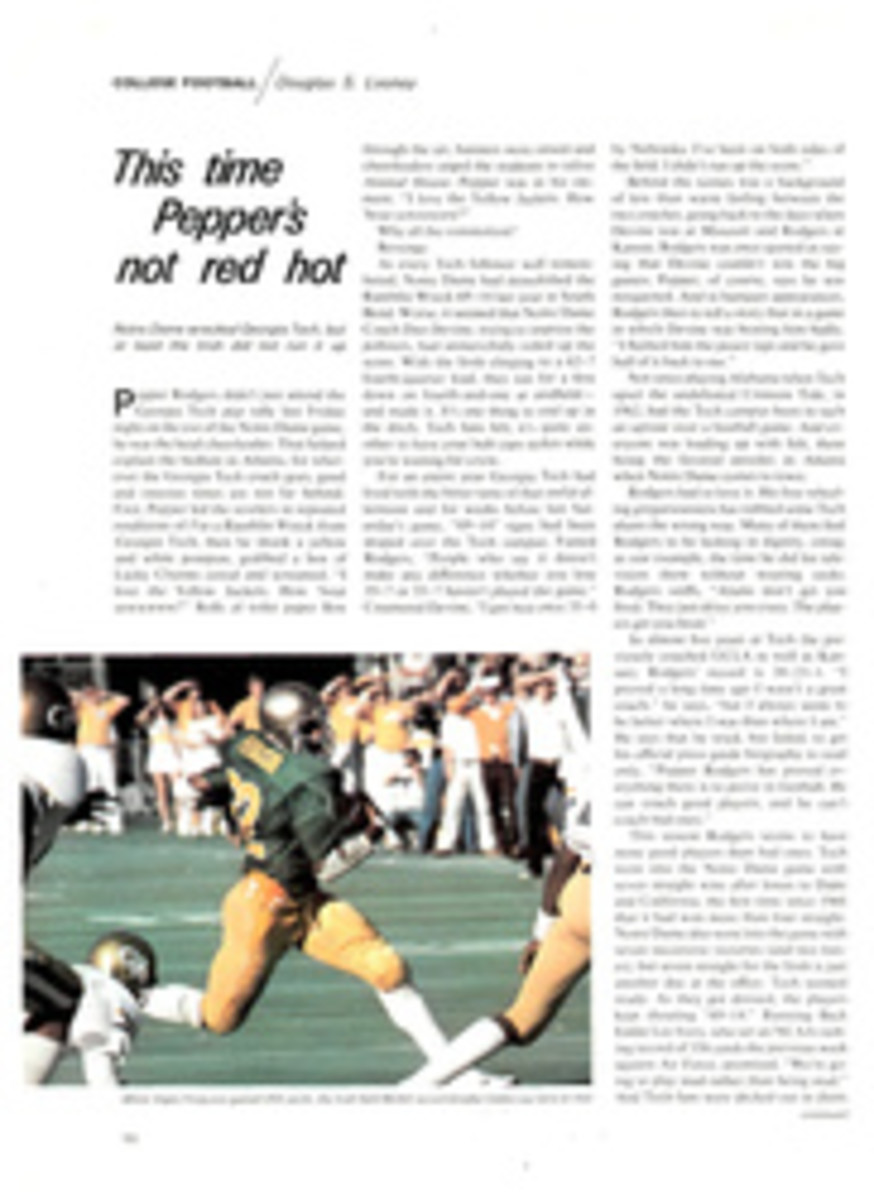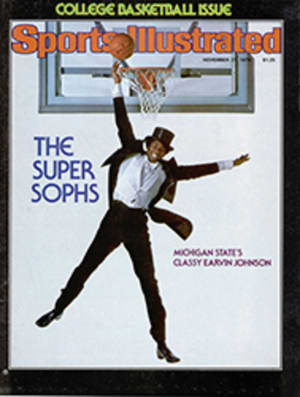
A BIRD LOVER HUNG OUT SOME SEED AND THE SQUIRRELS DROVE HER NUTS
Shortly before the venerable firm of Abercrombie & Fitch went out of business, I bought a bird feeder called the Droll Yankee at their Madison Avenue store. Designed to hold sunflower seeds, it is a long plastic cylinder with tiny perches under openings large enough for small birds only—chickadees, titmice, finches, nuthatches, etc.
"The best thing about this feeder," said A & F's smooth-talking salesman, "is that it's absolutely squirrelproof." May he stagnate at Macy's forever!
Besides the Droll Yankee, I had provided my birds with three standard feeders for mixed seeds. Two of them were attached to poles and one hung from the branch of a yew a few yards from the house. It was my first year in suburbia, and I was more intrigued than dismayed by the sight of squirrels shinnying up the poles and making flying leaps from branches into the tray of the hanging feeder. But last year, word having got around, there were too many squirrels. I estimated that every morning they emptied all four feeders in about 10 minutes flat. I tried luring them away by scattering peanuts across their erratic paths, but it was no go. The blue jays grabbed the peanuts while overhead the squirrels perfected their high-wire acts.
One big gray in particular worked on the knotty problem of the Droll Yankee, which hung from the branch of a maple outside my kitchen window. The gray was an acrobat, high diver and long jumper, a Flying Wallenda among squirrels. His first few approaches to the Yankee were unsuccessful. He attempted to pull the feeder up to the branch but found, it too heavy. Then he tried descending the rope head first, but the opening nearest the top of the Yankee remained just out of reach. Once he lost his grip on the rope and took a header into the snow. "Give it up, dummy," I cackled from behind the window. He chattered at me furiously and kept on trying.
Finally, one morning I arose to discover that the feeder was almost empty, though I had filled it only the night before. I refilled it and waited. Before long I spotted Big Gray scampering in the branches overhead until he was poised directly over the Yankee. Cautiously descending the rope hind legs first, he grasped the handle attached to the feeder's cover with the toes of his hind feet, and hung upside down. In this position, he could reach the three top openings. My birdseed bill doubled, then tripled.
Well, enough is enough, so this past summer I decided to research the ways and means of discouraging squirrels, short of blowing their heads off with a .45, which is not my style. As I scoured bird books, catalogues and stores, I kept saying to myself, "I've got to be smarter than a squirrel." I think these long hours of research have paid off.
Most bird-feeding guides advise putting feeders on poles near trees for the birds' protection and, they might as well add, for the squirrels' convenience. This year I've erected my poles at least six feet from any cover. Better a well-fed bird winging it six feet than a protected bird starving, I've decided. Because some squirrels can jump 3½ feet from the ground and climb most poles with ease, standing feeders should be equipped with baffles or, better yet, smeared with a product, sold by nurseries, called Tanglefoot. It is a gooey substance that gardeners use in the spring to discourage caterpillars and other leaf-destroying bugs from climbing the trunks of young trees. Fortunately, squirrels are quite fastidious and will not dirty their paws with Tanglefoot. If, like me, you don't care to mess around with glop, the Audubon Society catalogue offers a "spooker pole" with a movable sleeve. When the squirrel tries to climb the pole, the sleeve slides down, making the animal lose its footing. Also available are weighted feeders with panels that close over the seed if anything heavier than a small bird lands in the tray. Unfortunately, both the spooker pole and the weighted feeder are relatively expensive. Spending a lot of money on paraphernalia doesn't prove that I'm smarter than a squirrel, just richer.
A fairly simple solution to a squirrel problem is set forth in A Complete Guide to Bird Feeding by John V. Dennis, who suggests, among other things, the use of old 12-inch phonograph records threaded on the rope holding a hanging feeder. Three records, a few inches apart, will act as overhead baffles. Even the most Olympian squirrel will have a hard time finding secure footing on a disk spinning in the wind. Dennis also suggests stretching a wire between two trees and hanging the feeder in the middle. Before attaching the wire to the trees, slip a 36-inch length of plastic tubing (a segment of an old hose will do) over both ends. Squirrels won't be able to get a grip on them.
So this year I think I have the problem licked. Autumn leaves have already fallen in a golden shower. Chickadees and other small birds are coming out of the woods. I'm ready. The feeders are up. There is so much taut wire stretched across the yard that a burglar could get decapitated five times before he reached the house. One or two squirrels have ventured out to case the joint, and Big Gray is up there somewhere in the branches studying an old scratchy Beatles record of A Hard Day's Night. He doesn't know what to make of it all, but I'll bet he's thinking.

